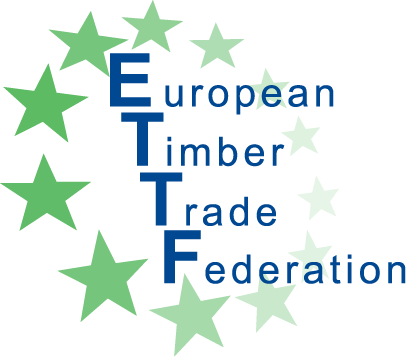
New Zealand raises procurement bar
Voluntary measures ensure that legally and sustainably verified tropical timber now accounts for 90% of New Zealand’s imports. But traders are still raising the bar. They’re pressing for anti-illegal timber import legislation and looking at non-tropical timber’s eco credentials. Malcolm Scott of the New Zealand Imported Tropical Timber Group reports.
Despite being found a long way “down under”, New Zealand buyers are well known in every corner of the timber-producing world. Be it Guyana, Gabon or Niu Guinea, tropical hardwoods are continually shipped to the New Zealand market.
Since 1992 members of the New Zealand Timber Importers Association, environmental NGO’s (including Greenpeace), timber merchants and retailers and the government, in observer capacity, have met under the auspices of the New Zealand Imported Tropical Timber Group (www.nzittg.org) to develop strategies to eliminate illegally logged timber supply from the market. And ultimately the NZITTG Charters’ principal target is to achieve sustainable supply, not just legally harvested timber.
Group members represent 80% of New Zealand’s sawn timber imports, and a significant share of plywood and outdoor furniture imports. Every six months we report the percentages of our total purchases accounted for by legally or sustainably verified material, and the criteria they have been imported under.
Over the last 20 years these reports show that non-verified tropical hardwood imports have fallen to less than 10% of the total by volume, and now the bulk are covered by VLO/VLC/PEFC or FSC certified schemes.
In April 2011, NZITTG members also agreed to import only third party legally verified material from Indonesia, then the biggest source of tropical hardwoods into New Zealand. This goal has been achieved. Checks on documentation identity are regularly performed and to date no “failures” have been recorded. And because green buyer awareness in New Zealand at specifier, merchant, and retail levels is very high, suppliers of other hardwoods have had to match or better the credentials of Indonesian merbau and balau to find acceptance. Fortunately, availability of certified and verified legal hardwood timber from South America and West Africa has been encouraging.
New Zealand government procurement policy also calls for sustainably produced timbers where possible. It requires chain of custody documentation with invoices, although verified compliant timbers may be approved on individual application.
In recent years the NZITTG has additionally lobbied successive governments for illegal logging legislation to level the playing field. So far, in our highly geared trading nation, this has not been introduced, no doubt for fear of trade reprisals. But with the advent of the Australian Illegal Logging Prohibition Act, one wonders for how long the New Zealand legislative door will stay shut.
Having said that, existing voluntary arrangements appear to work well enough by virtue perhaps of the small highly visible market in which we operate, and the long held commitment of New Zealand importers to responsible forest management.
Our next challenge is certification and management of non-tropical species. In fact European, North American and Australian hardwoods and softwoods are already included in members’ ‘Source Reports’, but there is no reference to them in our Charter, or a requirement on NZITTG members to buy only third party verified or certified product. Inevitably, the existing laws and export criteria of these major non-tropical supplying countries offer considerable protection to buyers. However, as they say, the bar keeps lifting, so long as the market agrees that the benefit of environmental certification outweighs the cost.

